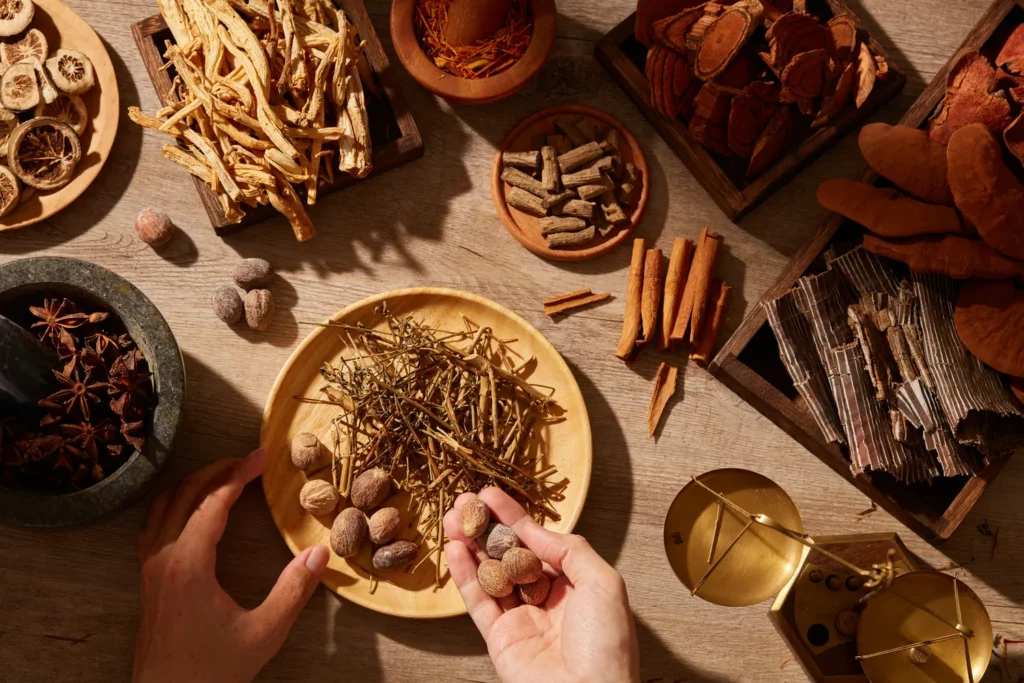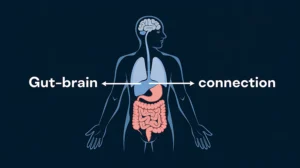
Understand Jing, Qi, and Shen in TCM (Essence-Energy-Spirit)
In Traditional Chinese Medicine, the concept of Jing-Qi-Shen (Essence-Energy-Spirit) is fundamental to understanding vitality, aging, and overall health.
- Jing (Essence)
- Jing is the most foundational substance in the body, representing the material basis for life.
- It has two main sources:
- Prenatal (Pre-Heaven) Jing: Inherited from parents; determines constitution, growth, development, and lifespan.
- Postnatal (Acquired) Jing: Derived from food, water, and air through the function of the Spleen, Stomach, and Lungs. This type of Jing can be nourished and preserved through diet, lifestyle, and herbal medicine.
- Blood is considered a part of Jing. It represents the material manifestation of essence, providing nourishment to the body and organs. Without sufficient Jing, blood is insufficient, energy is weak, and aging accelerates.
- Qi (Energy)
- Qi is the functional, dynamic energy that drives all physiological processes.
- Jing produces and nourishes Qi, which circulates and powers the body, moving blood, supporting organ function, and sustaining life.
- Shen (Spirit / Mind)
- Shen represents consciousness, mental clarity, and emotional well-being.
- Shen is nourished by both Jing and Blood, maintained by smooth Qi circulation. When Jing and Blood are abundant and Qi flows freely, Shen is stable, clear, and vibrant.
Summary of Relationships
- Jing → Qi → Shen
- Jing is the root, blood is part of Jing, Qi is the movement, and Shen is the manifestation of vitality on the mental/spiritual level.
- Blood is the material manifestation of Jing, nourishing the body and supporting the mind.
- Qi mobilizes blood and essence, keeping the body functional and vibrant.
- Shen reflects the health of Jing and Qi, presenting as clarity, emotional balance, and spiritual vitality.



